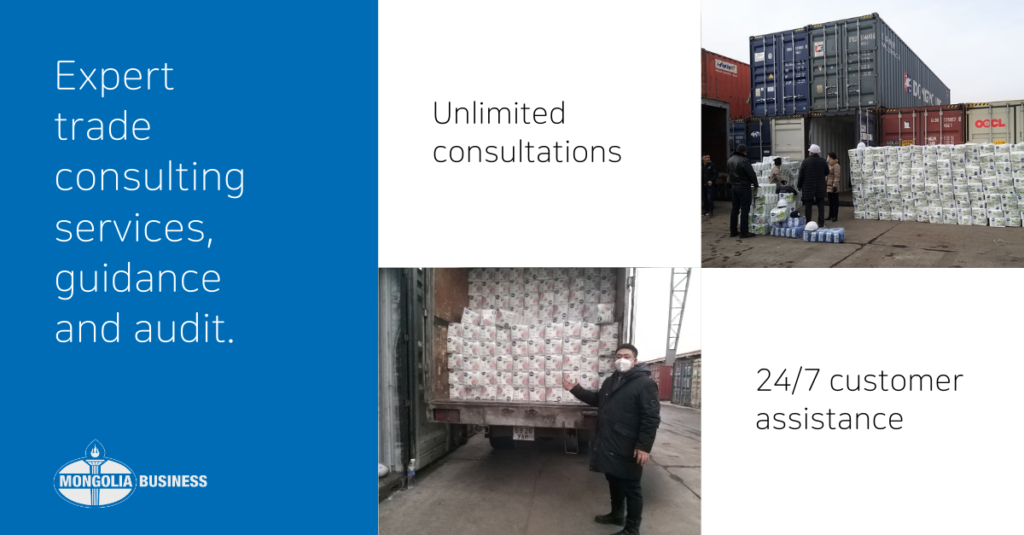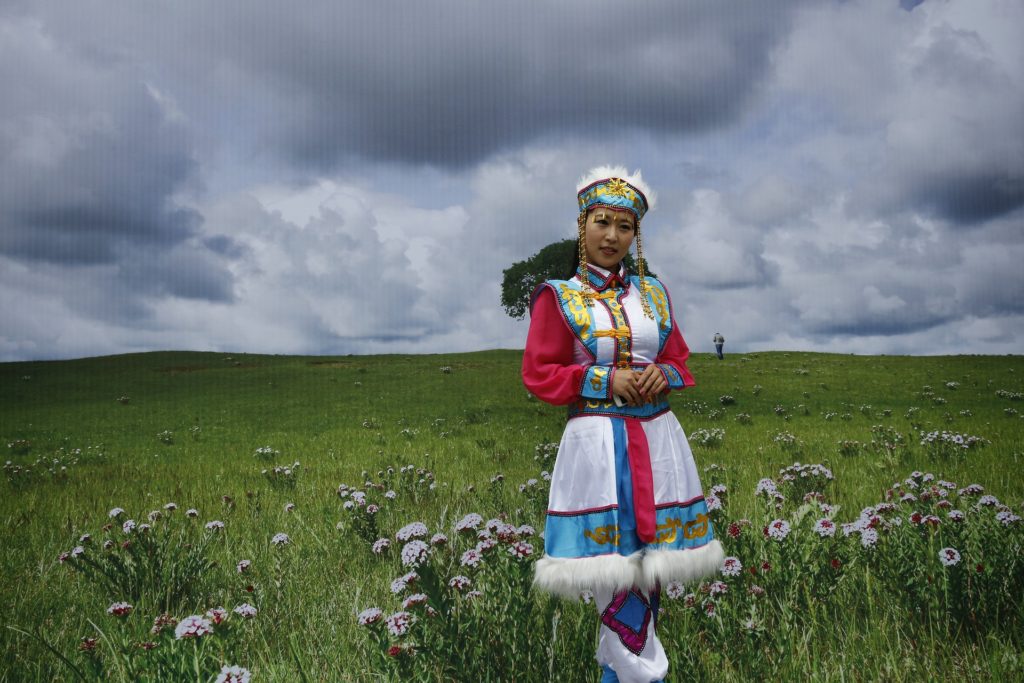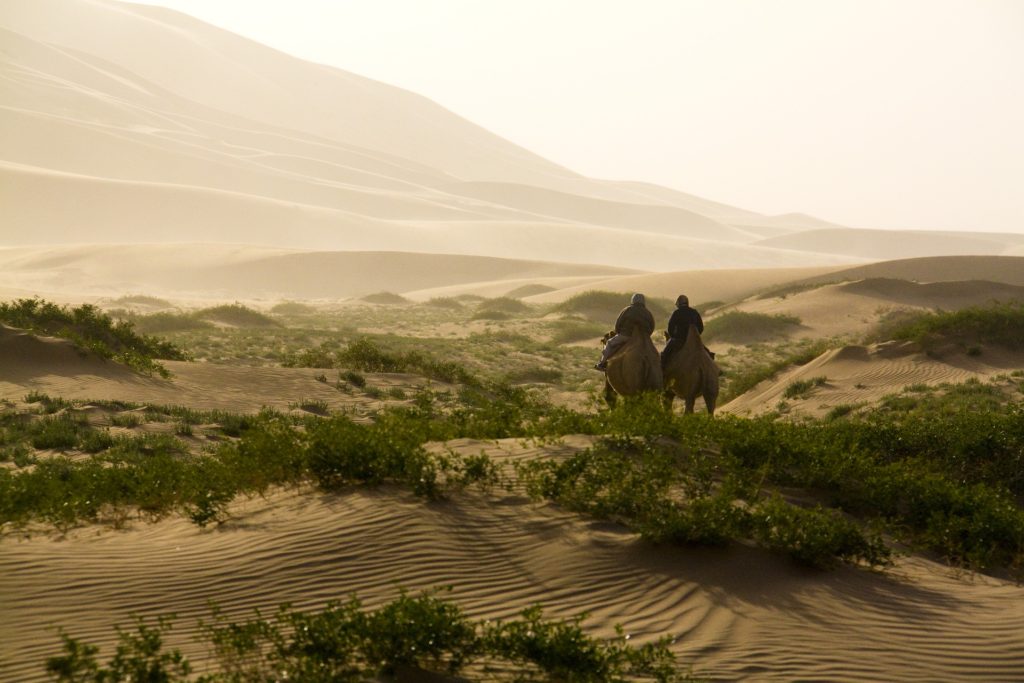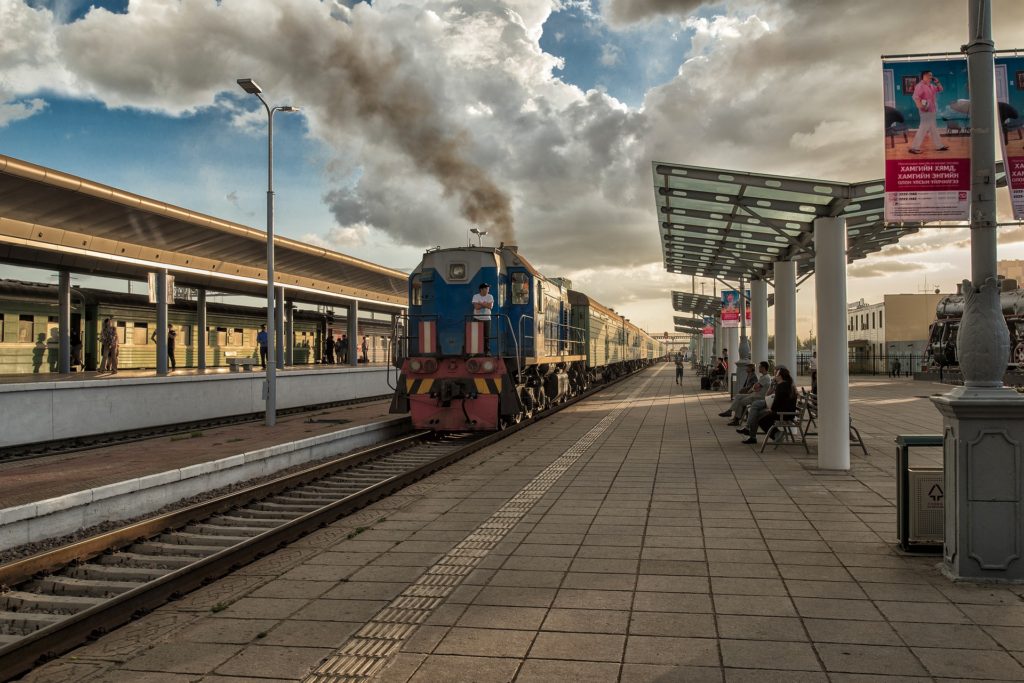Mongolia trade strategy seeks to implement market-oriented reforms and to reduce reliance on the mining industry.
Comparatively, import & export taxes are low and the country does not have any customs barriers. Mongolia has the ability to become a competitive center because of its strategic position between Russia and China’s two largest emerging markets. Mongolia is blessed with substantial resources and proximity to major regional markets. As one of the world’s leading mineral resources, Mongolia has over 8 thousand occurrences of 1170 minefields of 80 types of mineral deposits.
Mongolia trade articles
Finding The Best Route To Market In Mongolia
Using An Import Agent, Distributor Or Re-Seller
Import Procedures In Mongolia
Joint Ventures In Mongolia: Benefits And Risks
Franchising in Mongolia
Mongolia is historically an importing country, but in recent years it has steadily increased its exports. Mongolia has a high dependency on both imports and exports with its two immediate neighbors.
| Export | 7,011,757.68 in thousands of US$ |
| Import | 5,874,787.94 in thousands of US$ |
| Trade balance | 1,136,969.74 in thousands of US$ |
| The Effectively Applied Tariff Weighted Average (customs duty) | 5.26% |
| Most Favored Nation (MFN) Weighted Average tariff | 5.47% |
| The trade growth | 9.37% |
| GDP of Mongolia | 13,066,749,138 US$ |
| Mongolia exports of goods and services as percentage of GDP | 58.66% |
| Imports of goods and services as percentage of GDP | 64.23% |
Exports
Since the 1990’s revolution, the change in the state of Mongolian export reflects the change in the state of the political landscape. In accordance with the National Statistics Office, 81% of the exports were to Russia and 0.7% to China in 1990, and in 2018, 92% of the total exports were to China versus only just 1% to Russia. As of now, the main exports products (as a percent of total exports) are coal (40%), copper concentrate (29%), gold (2%), crude oil (6%), iron ore (5%), and cashmere (5%).
Imports
In contrast, as of 2018, the import is more evenly source from multiple nations compared to export with 34% of the total import coming from China, 29% from Russia and followed by Japan, South Korea, USA, and Germany. The main imports are industrial equipment (26%), fuel (19%), automotive (9%), electricity (2%) and the remaining imports are medicine, mobile phones, consumer goods, and food.
Deficit in trade
Mongolia’s trade deficit stood at 2.1 billion USD on average from 2011 to 2013 and from the following year, the trade surpluses has risen from 538 million USD and it reached 1.1 billion in 2018.
Free trade zones
The three Free Trade Zones are in Altanbulag, Zamiin Uud, and Tsagaannuur. Altanbulag free trade zone 500 hectares of land located at the Russian border and been operational since 22nd of June, 2014. Zamiin-Uud free trade zone project is 900 hectares of land located by the main Chinese border crossing, and it was launched in October 2010, but not officially complete, yet operational. Tsagaannuur free trade zone is located at the western border with Russia in Bayan-Ulgii province, which covers 708.4 hectares. It is not currently operational yet, though several infrastructural investments have been made in the Tsagaannuur free trade zone.
Mongolia Trade Barriers
Companies face no especially high tariff rates on their goods, and there are no clear limits on exporting to the Mongolian government. Companies should navigate around the criteria, even though the import licensing regime is often ambiguous and obscure. Mongolia is yet to take advantage of anti-dumping and countervailing duties in order to improve domestic demand. It will sometimes forbid goods, usually for reasons of health and safety. Mongolia has not yet availed itself of anti-dumping and countervailing duties to support domestic production. It will occasionally ban products — usually for health and safety reasons. Mongolia also maintains quarantines on domestic agricultural goods, most of which are livestock-based.
Trade Compliance
International Conventions: Member of World Trade Organisation since 1997

About us
The Mongolia Business (MB) is a private consulting company promoting mutual trade and investment between Mongolia and the rest of the world. Originally established in 2005 to promote Mongolian exports abroad, MB’s core focus in the 21st century has shifted toward promoting foreign direct investment into Mongolia & helping small to medium size Mongolian firms maximize their global export potential.
Questions about Mongolia trade? Get in touch.








